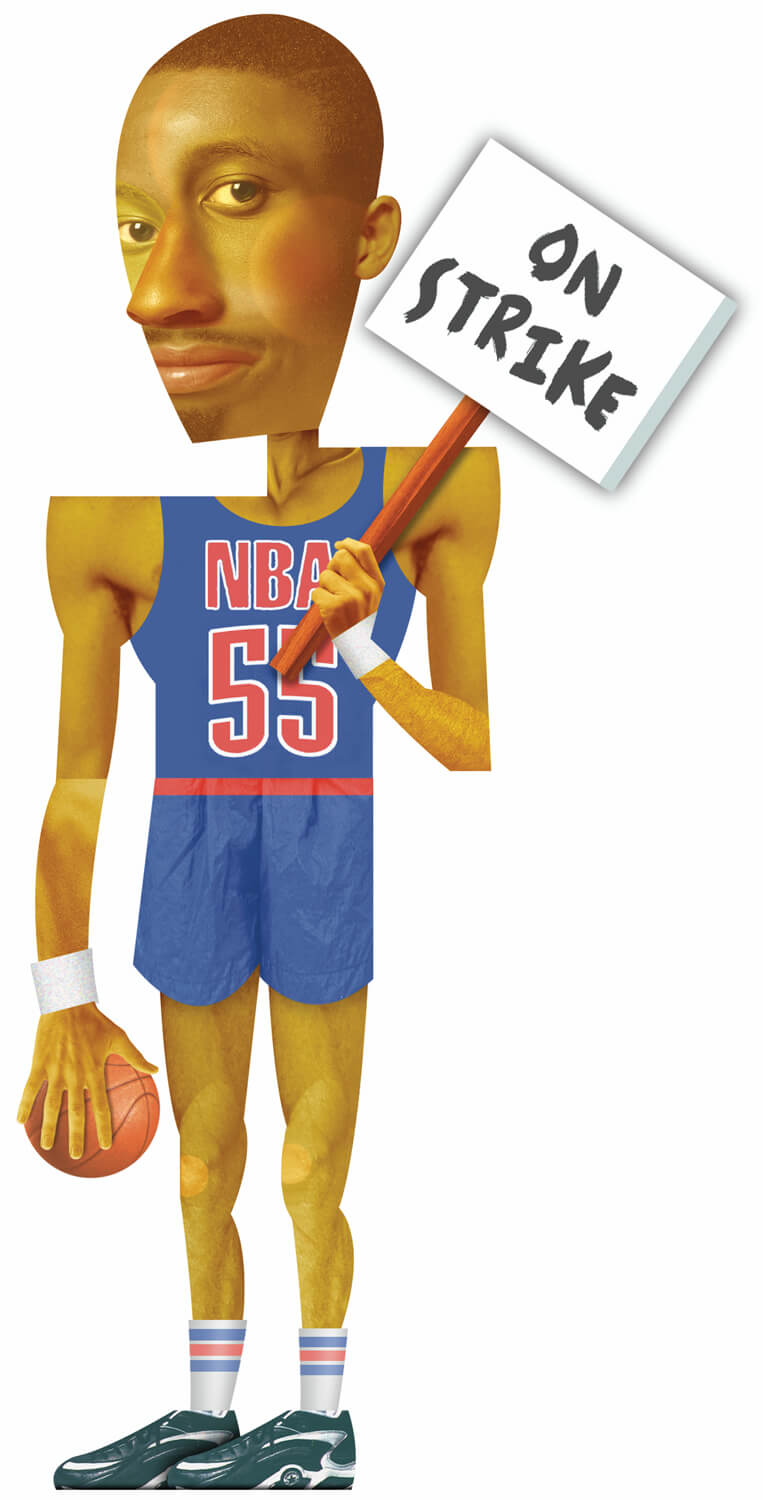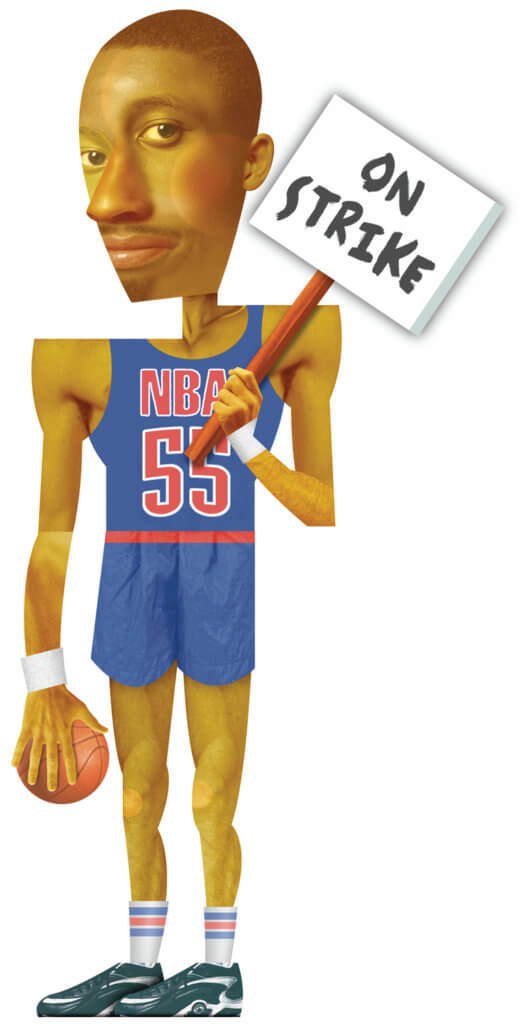
The Marketing of Social Justice
Comparing the Christmas Boycott of 1963 to recent protests by professional athletes.
On Sept. 15, 1963, a bomb set by the local Ku Klux Klan exploded in the 16th Street Baptist Church in Birmingham, Alabama, killing four Black schoolgirls. In the aftermath, the Association of Artists for Freedom, led by such folks as writer James Baldwin and actress Ruby Dee, condemned the murders and demanded a national response.

They settled on the first national “Christmas Boycott” because, that same year, there had been a series of studies showing the growing economic power of African Americans. The Association hoped to exploit that economic clout by targeting the biggest consumer spending holiday of the year.
Professor of History Katherine Parkin’s article in the journal History of Retailing and Consumption, published in July, explores the tension of that decision. The article, “Marketing Justice: The Christmas Boycott,” argues that, instead of a more traditional quid pro quo boycott that sought to exact demands of a company or a community, the proposed Christmas Boycott sought to use financial angst to compel a reckoning with the institutionalized ways that racism pervaded the nation.
“The goal of the Christmas Boycott was to say that racism is not just a problem in Birmingham, Alabama, but a national problem,” Parkin says, “so we’re going to deprive ourselves of something that we love in order to draw attention to it.”
What Parkin discovered during her research was how difficult it was for members of the Association to get anyone to listen to them—mainly because they were not part of any of the major civil rights organizations of the time.
“Martin Luther King Jr., had a pulpit,” Parkin says, “and the NAACP had a magazine. And while the writers, singers, and actors of the Association had people who admired them, they didn’t have an effective way to communicate.”
Parkin says that while the leaders of the Christmas Boycott of 1963 were certainly successful artists in their own right, they were not the powerfully wealthy artists that we have today. She points specifically to the professional athletes who refused to play in their scheduled sports events in response to the police shooting of Jacob Blake in Kenosha, Wisconsin—all of which happened after her article was published.
Beginning in the NBA, the activism quickly spread to the WNBA, MLB, and MLS. In the following days, tennis star Naomi Osaka refused to play in a tournament semifinal, NHL players walked out of playoff games, and nine NFL teams canceled scheduled practices.
“I think demonstrations like this lead those individuals who follow those sports and admire these athletes to listen,” Parkin says. “The effort is in changing a mentality and opening ourselves to conversations to try to effect change.”
Parkin believes that those efforts are working, citing polling over the summer about attitudes toward the Black Lives Matter movement that showed that more than 75% of people understood what “defund the police” actually meant, for instance.
“I thought that was a pretty remarkable change in just a few years,” Parkin says. “That people went from thinking it was something irrelevant to their lives to truly understanding what Black Lives Matter was trying to get at.
“To introduce new ideas that people can wrestle with and be nuanced and sophisticated about is a tremendous success.”